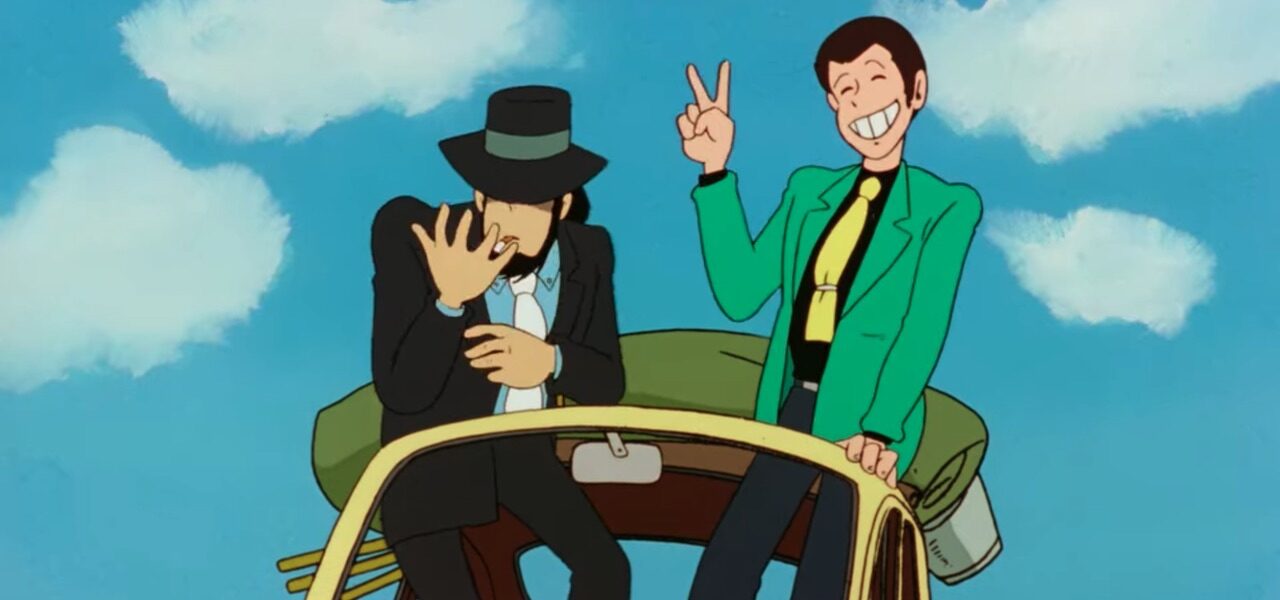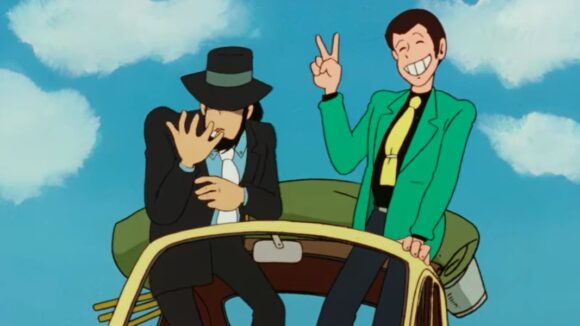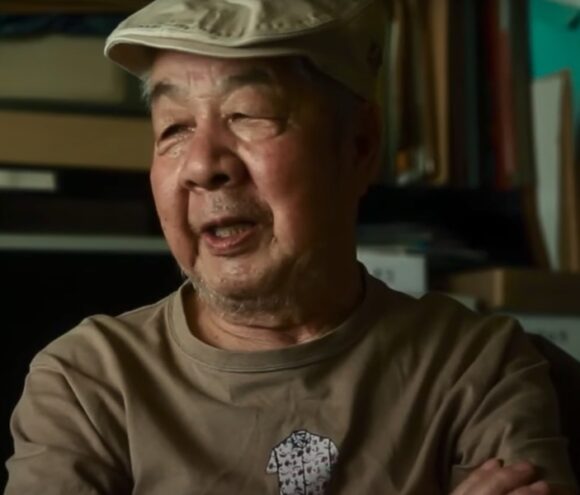

Yasuo Otsuka, Influential Japanese Animator And Mentor, Dies At 89
Yasuo Otsuka, a towering figure in anime history, died on Monday aged 89. The cause was a heart attack, his family have told Japanese media.
Coming of age at the same time as Japan’s animation industry, Otsuka lent his prodigious talents to famous and groundbreaking productions in the postwar era, starting with Hakujaden (a.k.a. The White Snake Enchantress, 1958), the country’s first color animated feature.

Along the way, he mentored many future luminaries of anime. His most famous protégés were Hayao Miyazaki and Isao Takahata, who would go on to co-found Studio Ghibli. Otsuka collaborated with them on projects including Takahata’s feature directorial debut Hols: Prince of the Sun (1968) and the series Lupin the Third Part I (1971–72). His bond with Ghibli remained to the last: it was the studio’s producer Toshio Suzuki who announced his death.
Otsuka was born on July 11, 1931 in Japan’s Shimane prefecture. An early love of trains burgeoned into a fascination with military vehicles, which surrounded him after World War II gave way to the Allied occupation of Japan. He honed his drawing skills by sketching American trucks while devouring comics discarded by the occupying soldiers.
Moving to Tokyo with dreams of becoming a political cartoonist, Otsuka ended up applying to the company that would shortly become Toei Doga (now Toei Animation). With its lavishly produced family features, the studio aspired to be a kind of Disney of the East.

Otsuka was trained by Yasuji Mori, another brilliant animator, in Toei’s relatively full animation, which contrasted with the limited style that would soon become popular in tv anime. He picked up credits on Hakujaden, Magic Boy (1959), The Little Prince and the Eight-Headed Dragon (1963), and the anti-Communist propaganda film The Bear and the Children (1960).
It was at Toei that Otsuka met animator Miyazaki and director Takahata, both his juniors. He befriended them, partly through union activities, and championed their abilities to management, eventually persuading the studio to let Takahata direct a feature. This was Hols, an artistic triumph and notorious commercial flop. Otsuka served as animation director; the production strengthened the professional ties between the three men.
In 1968, Otsuka moved to A Production, where he was later joined by Miyazaki and Takahata. There, the trio worked on episodes of Lupin the Third Part I — the first anime series starring the famed gentleman thief — and Takahata’s half-hour theatrical film Panda! Go, Panda! and its sequel (1972 & 1973), Otsuka serving as animation director in all instances. He took up the same role on the baseball series Samurai Giants (1973–74).

By this point, Otsuka had become known for his skill with comedy. This was evident in the characters he animated: the hapless Inspector Zenigata in Lupin the Third, the loutish gangster Tetsu in Takahata’s Chie the Brat (1981), etc. Yet he was also a stickler for realism, decrying the implausible movements and proportions found in so much animation. This approach greatly influenced both Miyazaki and Takahata.
Otsuka continued to work with his old comrades into the late 1970s and 1980s, on projects like Miyazaki’s Future Boy Conan (1978) and The Castle of Cagliostro (1979), Chie the Brat, and the ill-fated Japanese-American co-production Little Nemo: Adventures in Slumberland (1989; Otsuka would reflect on this unusual project in a book, The Prospect of Little Nemo). Separately, he contributed to other works including new Lupin productions.
Yet he became gradually less active as an animator and more prominent as an educator, continuing to mentor young talents at the Toei Animation Research Institute and the Yoyogi Animation Academy. He also explored his abiding passion for military vehicles in a self-published magazine on the subject, as well as by helping design models for the manufacturer Tamiya.
In later years, the Ghibli team maintained its connection to the man by releasing a documentary, Yasuo Otsuka’s Joy of Motion (2004), that celebrated his career. His book Sweating over Animation, a peerless insider’s account of the anime industry in the heady 1960s and 1970s, has also been published under the studio’s imprint.
Miyazaki, for one, is outspoken about his debt to Otsuka. “For me he is an excellent mentor,” he wrote in his 1982 essay “A ‘Slanderous’ Portrait.” “We did some foolish things together, but we’ve also talked passionately about the future of animation. It was Otsuka-san who taught me the fun of working.”
Image at top: “The Castle of Cagliostro”

.png)